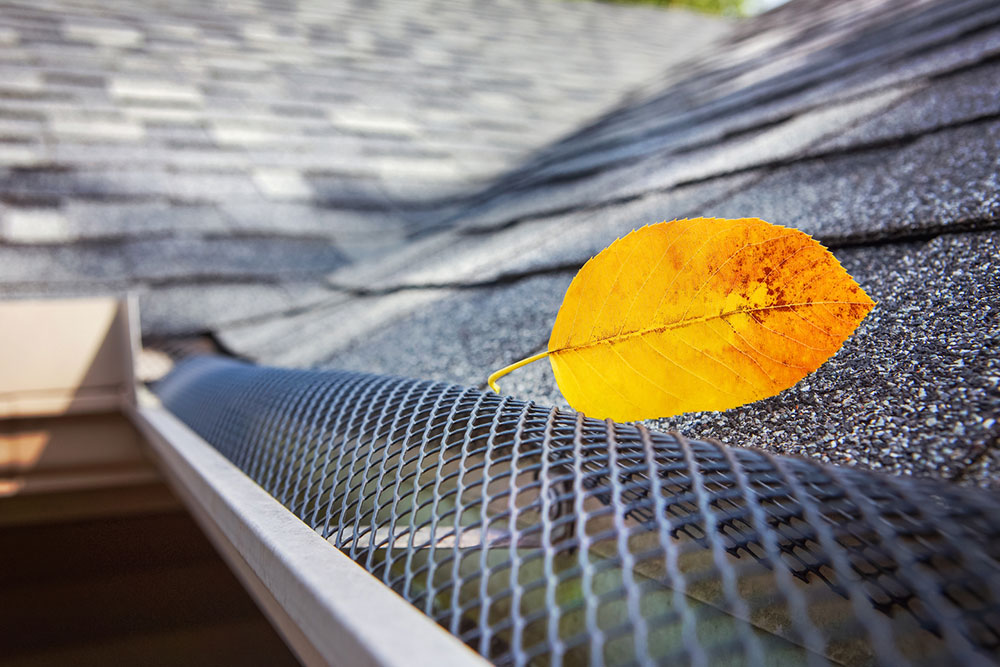4 best gutter guards for homes

Gutter guards tend to be underrated in terms of their practicality and utility for homes. These guards help avoid mice and insect infestations, alleviate gutter freezing and ice dams, protect homes against fire outbreaks caused by bushfires, improve the water flow in gutters, and prevent premature rust and corrosion. There are several gutter guards one could purchase based on their specific requirements. Some of the best gutter guards for homes are:
A-M aluminum gutter guard
For homeowners who look specifically for gutter guards that can handle extreme downpours while keeping grime, dirt, and debris out of their gutters, this product will work just fine. This guard comes with a sleek design that blends well with the overall appearance of a house. As a result, this gutter guard is not always visible to the naked eye. Although this product is relatively easy to install DIY, hiring professionals to do the same is the wiser course of action for homeowners’ safety and perfect installation. The aluminum build of this guard helps protect it from rusting and rotting.
LeafFilter gutter guard protection
This gutter guard comes with a stainless-steel construction that provides great stability to the overall framework of a gutter. Additionally, its micro-mesh material enables water to pass through the screen and seep into the gutter without asphalt roof granules, leaves, pine needles, and other dust and dirt particles passing through along with it. This gutter protection device comes with customized protection. So, users pay variable fees that increase and decrease with the “per linear foot” of the guards. These guards are among the sturdiest and most long-lasting products in their segment and do not warrant repairs or replacements every few years.
Raptor gutter guards
Among DIY gutter guards, Raptor’s product is one of the more renowned and reliable products. This is a highly efficient product that is made of 304 stainless steel. This makes it a total rust- and corrosion-resistant guard that is available to purchase on the market. The overall construction of this guard is incredibly compact in order to filter water continuously and protect gutters and, subsequently, homes from fine debris that would otherwise seep into them.
Arguably, the best part about this product is its eco-friendly nature. This gutter guard uses 100% recyclable aluminum in its construction instead of unsustainable materials like plastics or polyvinyl chloride.
FlexxPoint gutter guards
Like Raptor’s gutter guard, this one also uses aluminum for complete rust and corrosion resistance. This product comes in multiple widths to cover various sizes of gutters in homes. Additionally, buyers can purchase this product in multiple colors – white, black, brown, matte silver, and several others – in order to match the gutter guard with the overall paint scheme of their house. This product uses a three-point design to prevent overflow and the possible damage. This gutter guard acts as a dam to slow water flow over gutter covers in homes.


